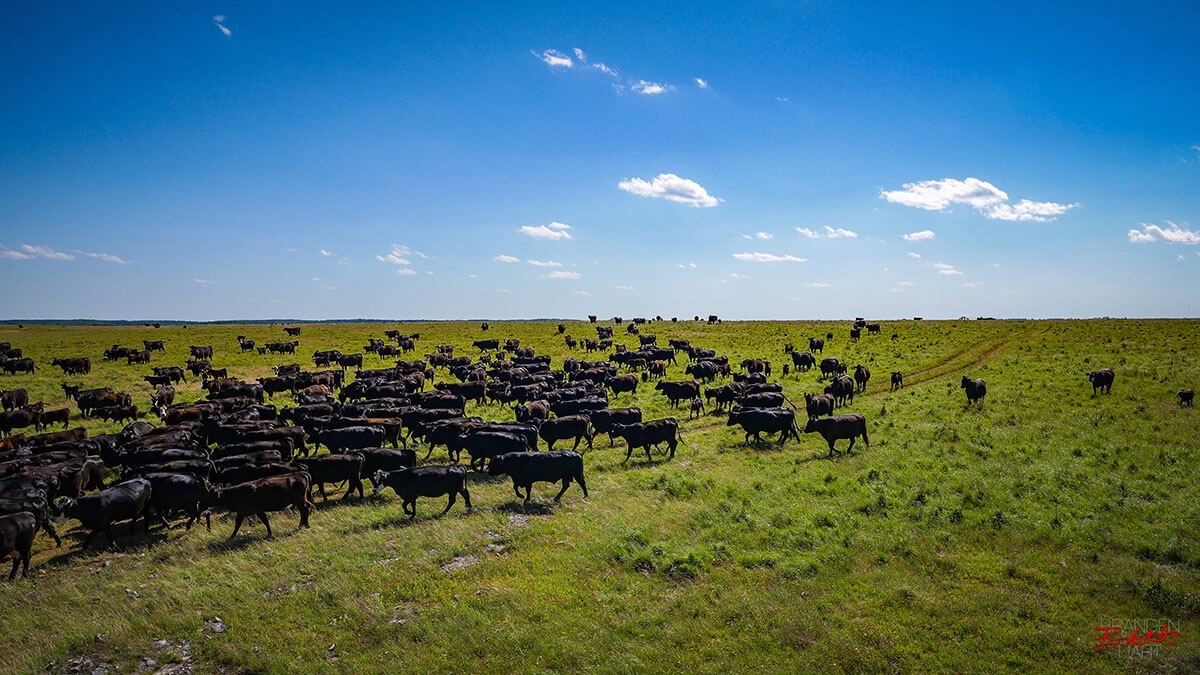Linda Poole
NCAT Regenerative Grazing Specialist
We are excited to welcome Susan Bergren and the Bergren Ranch to the Soil for Water Network and Atlas! Clearly, Susan is our kind of people, based on an article about Susan in Modern Farmer which stated:
Read more at:

 modernfarmer.com
modernfarmer.com
"Varied root depths bring about soil health by opening up pathways at deeper levels and bringing up nutrients from the earth’s many layers. I loved walking my alfalfa field, and seeing how the cattle had eaten the weeds we used to work so hard to kill. It is my belief that the creed here at Peach Crest Ranch, 'Selective minimization of chemicals' ought to become the motto of any modern ranch."
As a result of the prudent partnership between necessary chemicals and rotational grazing, the soil has become a sponge combatting the biggest threat to the ranch – drought.
Read more at:

Healthy Soil, Healthy Ranch - Modern Farmer
With prudent chemical management and rotational grazing, Rancher Susan Bergen created a winning formula for soil health.





